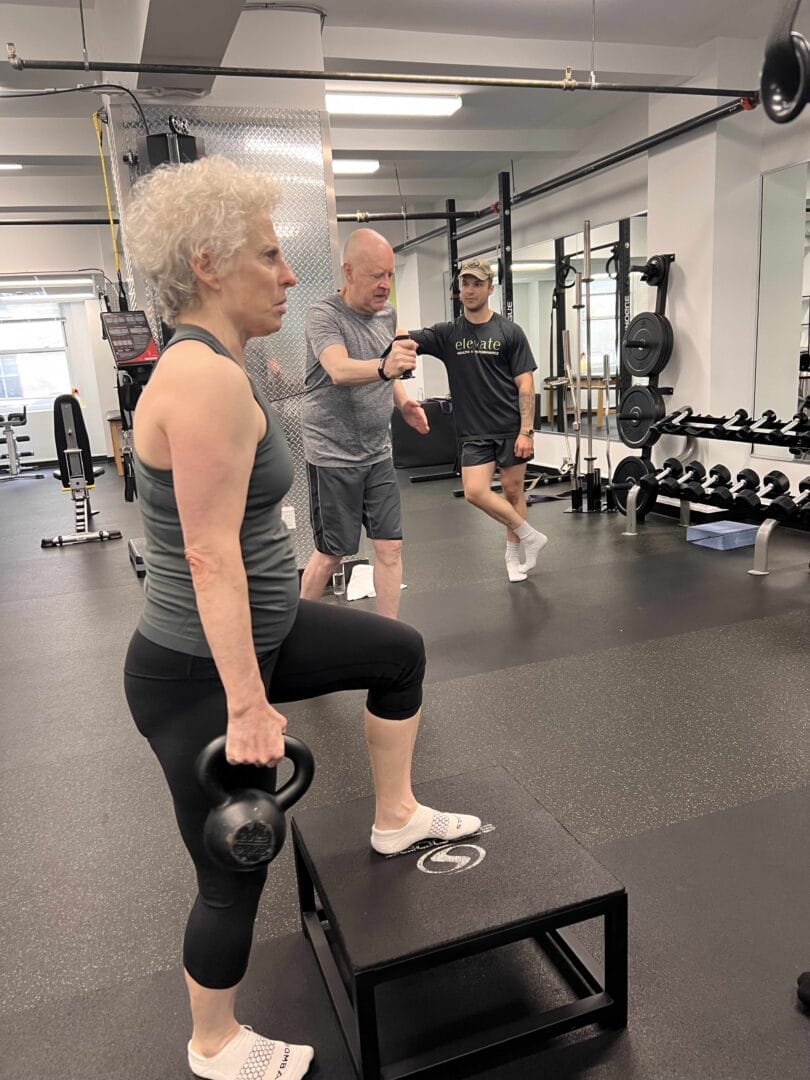Good posture is more than just standing up straight; it’s about aligning your body properly to reduce strain on muscles and joints while promoting balance and flexibility. Poor posture can lead to aches, pains, and even long-term health issues. Fortunately, there are exercises you can incorporate into your routine to enhance your posture and promote overall well-being. Let’s explore seven effective exercises to help you stand taller and feel more confident.
- Plank Pose:
The plank pose is a fantastic exercise for strengthening the core muscles, which are essential for maintaining good posture. Start by lying face down on the floor. Then, prop yourself up onto your elbows and toes, keeping your body in a straight line from head to heels. Hold this position for as long as you can, aiming to increase your time gradually. Remember to engage your abdominal muscles throughout the exercise to support your spine. - Cat-Cow Stretch:
The cat-cow stretch is a gentle yoga exercise that helps to increase flexibility in the spine and promote proper alignment. Begin on your hands and knees with your wrists directly under your shoulders and your knees under your hips. Inhale as you arch your back, lifting your chest and tailbone towards the ceiling (cow pose). Then, exhale as you round your spine, tucking your chin to your chest and drawing your belly button towards your spine (cat pose). Repeat this sequence several times, moving with your breath. - Thoracic Extension:
Sitting for long periods can cause stiffness in the thoracic spine (upper back), leading to rounded shoulders and poor posture. To counteract this, try a thoracic extension exercise. Sit on the floor with your legs extended in front of you. Place your hands behind your head, elbows pointing out to the sides. Gently arch your upper back, lifting your chest towards the ceiling while keeping your lower back and neck neutral. Hold for a few seconds, then return to the starting position. Repeat several times. - Shoulder Blade Squeeze:
This exercise targets the muscles between your shoulder blades, which play a crucial role in supporting good posture. Stand with your feet shoulder-width apart and your arms by your sides. Slowly squeeze your shoulder blades together as if you’re trying to hold a pencil between them. Hold for a few seconds, then release. Aim for 10-15 repetitions, focusing on maintaining proper alignment throughout. - Wall Angels:
Wall angels are a great way to improve shoulder mobility and open up the chest, which can help alleviate rounded shoulders. Stand with your back against a wall and your feet a few inches away from the baseboard. Press your lower back into the wall and ensure that your head, upper back, and tailbone are also touching the wall. Then, slowly slide your arms up the wall, keeping your elbows and wrists in contact with the wall at all times. Once your arms are overhead, slowly return to the starting position. Repeat for several repetitions. - Hip Flexor Stretch:
Tight hip flexors can contribute to poor posture by pulling the pelvis out of alignment. To counteract this, incorporate hip flexor stretches into your routine. Kneel on one knee with the other foot planted flat on the floor in front of you. Gently press your hips forward until you feel a stretch in the front of your hip on the kneeling leg. Hold for 20-30 seconds, then switch sides. Repeat 2-3 times on each side. - Reverse Plank:
The reverse plank is an excellent exercise for strengthening the muscles of the posterior chain, including the lower back, glutes, and hamstrings. Sit on the floor with your legs extended in front of you and your hands placed slightly behind your hips, fingers pointing towards your feet. Press into your hands and heels to lift your hips towards the ceiling, creating a straight line from head to heels. Hold for 20-30 seconds, then lower back down. Repeat for several repetitions.
Incorporating these exercises into your daily routine can help improve your posture over time, leading to reduced pain and discomfort and increased confidence in your appearance and movement. Remember to perform each exercise with proper form and technique, and listen to your body’s signals to avoid overexertion or injury. With consistency and patience, you can achieve a healthier, more aligned posture and enjoy the benefits of improved overall well-being.

